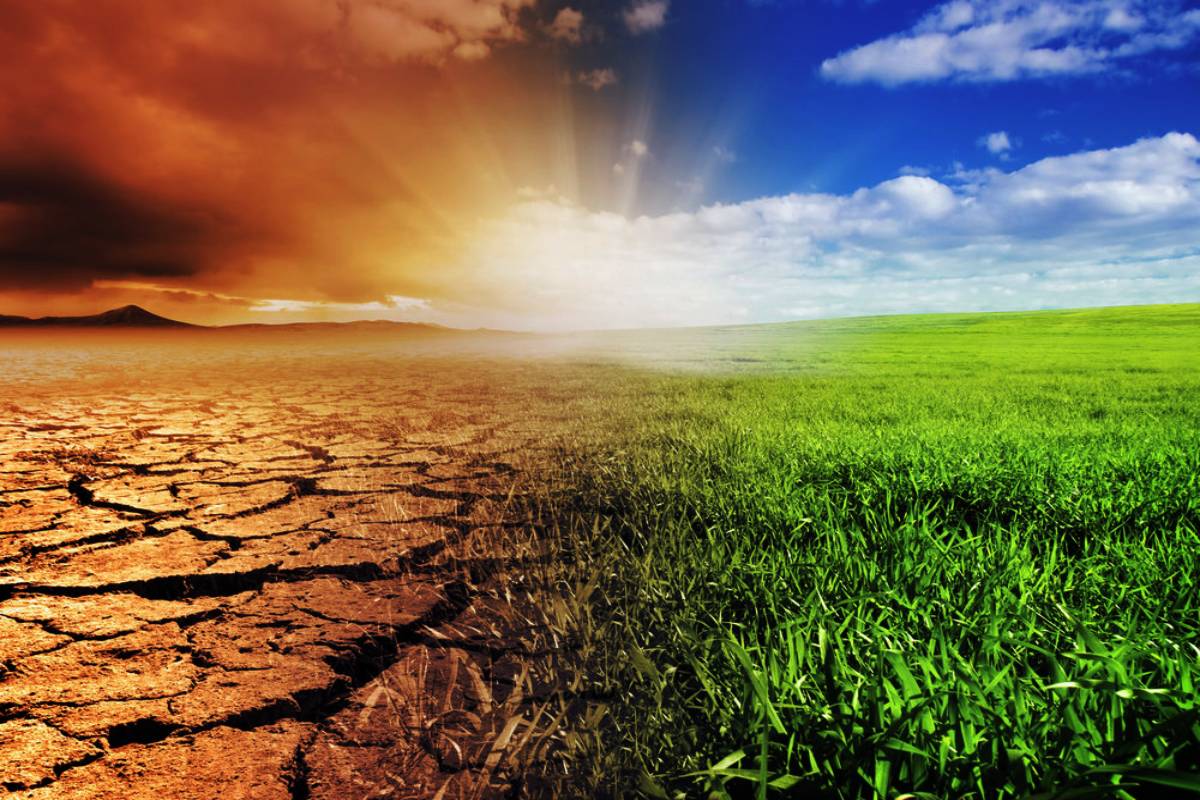In the six months since the last UN climate conference, COP28, in Dubai, a series of extreme weather events have hit the world. According to official figures, these events caused at least $41 billion in damage, which is likely a major underestimate. As the world hits the 12th consecutive month with record-high global temperatures, it is no surprise that there have been so many extreme weather events. Nor is it surprising that, when studied scientifically, many of them were found to have been made more likely and more intense by climate change, predominantly caused by burning fossil fuels. Climate attribution studies have been used for 20 years to assess whether climate change made particular weather events more intense or more likely, and more than 400 attribution studies have now been done.
In Brazil, in April and May, the worst floods on record killed at least 169 people, with 56 still missing, 600,000 people were displaced, and 3.2 million were affected. Fatalities from waterborne illnesses are spreading due to the floods. The floods are estimated to reduce Brazil’s GDP by $7 billion this year, as costs to rebuild exceed billions of dollars. This event was made at least twice as likely by climate change.
Advertisement
Heavy rainfall in Southwest Asia in April killed at least 214 people. In the United Arab Emirates, a year’s worth of rain fell in just 24 hours in Dubai. Insured losses are around $850 million. The rainfall across UAE and Oman was made more likely by climate change.
Record-breaking heat waves from east to west Asia killed at least 1,500 people in Myanmar, 61 people in Thailand, 28 in Bangladesh, 13 in India, and three in occupied Palestinian territory. The heat forced school closures, wilted crops, worsened the situation for displaced Rohingya people in Bangladesh and Palestinians in Gaza, and lowered voter turnout in the world’s largest elections in India. The heat wave is expected to cause higher inflation and slow GDP growth. The heat wave in the Philippines would have been impossible without climate change, while in West and South Asia, it was made at least five times more likely by climate change.
In East Africa, heavy rainfall in May caused landslides and flooding. At least 559 people died, over 400,000 were displaced and 1.6 million affected. The floodwaters are exacerbating waterborne disease outbreaks. Food production was hit hard, with over 12,000 livestock killed and nearly 48,000 acres of cropland flooded in Kenya alone. Historic water levels in Lake Victoria forced Uganda to open dams and allow floodwaters to drain into South Sudan, which is experiencing its fifth consecutive year of flooding, worsening the situation for the 2.2 million internally displaced people and the 60 per cent of the population that is food insecure. This rainfall was worsened by climate change.
Alongside these major weather disasters driven by climate change, other weather events, from floods to fires, caused billions of dollars worth of damage and tens to hundreds of deaths in countries including the USA, Chile, and the Democratic Republic of Congo. Deaths tend to be higher in lower-income countries, with economic damage higher in richer ones, partly because insured losses are more measurable.
Many of the most climate-vulnerable countries are lower-income and historically responsible for burning less fossil fuels than higher-income countries. In recognition of this, a fund for ‘Loss and Damage’ was established by the United Nations. This fund aims to galvanise countries that have cumulatively burned more fossil fuels to support lower-income countries in dealing with the impacts of climate change. These impacts hit every aspect of life, from health to ability to work and from education to cultural traditions. These cannot all be compensated for financially, but money can help communities to adapt and respond to the changing climate.
Unfortunately, of the current estimate by the UN of $290-580 billion needed for loss and damage in 2030 onwards, so far, only $600 million has been delivered. The 60th Bonn Climate Conference that was held recently (3-13 June 2024) aimed at operationalising the ‘Loss and Damage Fund’.











